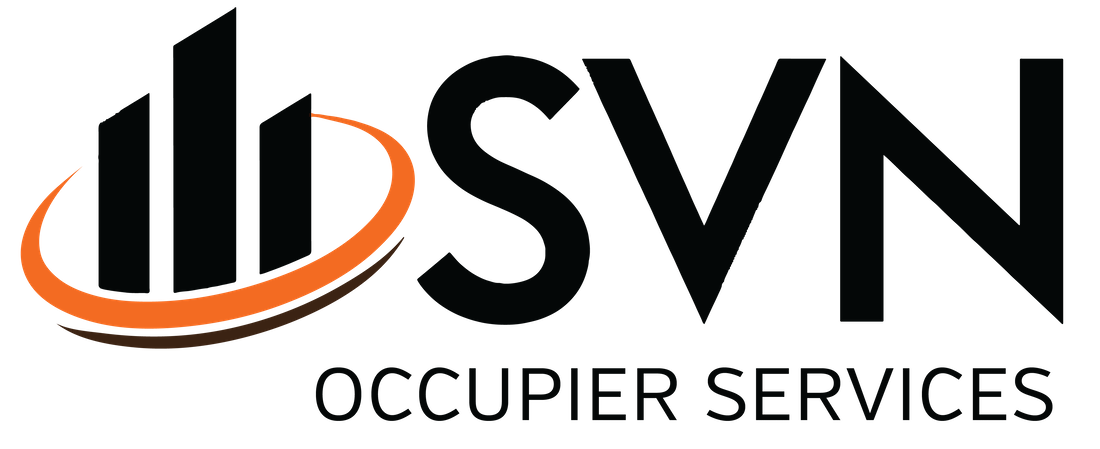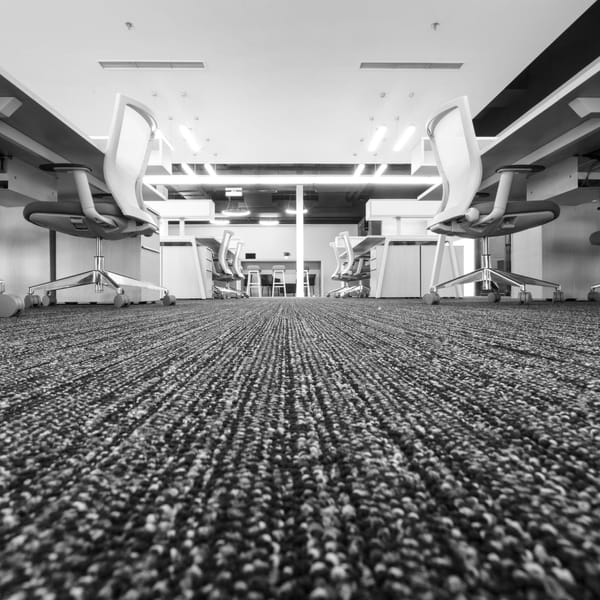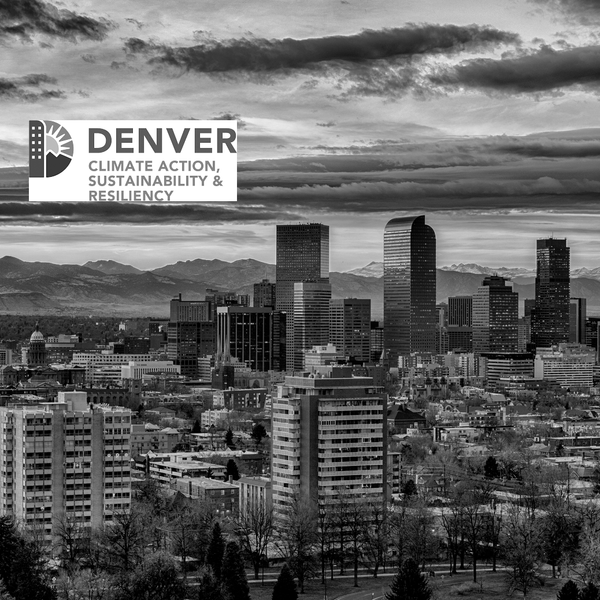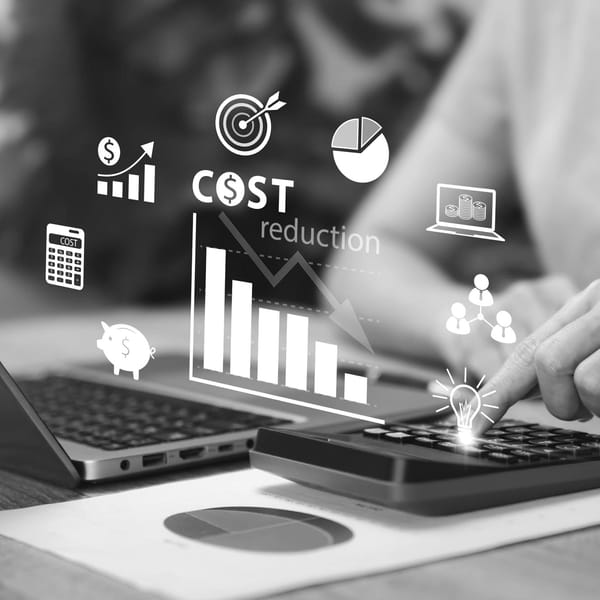13 Essential Office Space Utilization Metrics You Should Be Tracking in 2025

Real estate is one of your largest operating expenses, so why let inefficiency eat away at your bottom line? If you’re not actively tracking and optimizing your office space utilization, you’re likely paying for unused square footage while simultaneously creating barriers for employee productivity.
Many organizations are finding that they already have the space they need—they just need to manage it more effectively. By reallocating underused areas instead of investing in new real estate, you can save money and create a workplace that meets evolving employee needs.
The key to unlocking these benefits lies in accurate data. Guesswork and personal preferences won’t cut it when it comes to optimizing office spaces. That’s why workplace leaders are adopting advanced tools like Tango Space and implementing data-driven strategies to track and improve space utilization.
Here are 13 metrics every business should monitor to get the most value from their office space:
1. Capacity
Capacity measures how many occupants a space can accommodate, typically based on the number of seats or workstations. This metric shifts as you reconfigure layouts or adjust density. Understanding your capacity is foundational to tracking other space utilization metrics.
2. Population
Population refers to the number of people actually using a space. Tracking changes in population can reveal trends as employees are hired, leave, or move within your organization.
In traditional workplaces, each workstation is likely to have a population of one or zero. However, in hybrid or activity-based workplaces, a single workstation might serve several people over time. High population in shared spaces may indicate demand for similar setups, while persistently low usage could signal an opportunity to repurpose the area.
3. Office Space Density
This metric comes in two forms:
- Density per seat: Rentable square footage (RSF) divided by capacity.
- Density per person: RSF divided by the actual population.
For example, if 300 RSF contains four workstations, the density per seat is 75 square feet. If only three employees occupy that space, the density per person rises to 100 square feet.
Office density has gained attention in recent years due to COVID-19, prompting many businesses to increase space per person for comfort and safety.
4. Occupancy Level
Occupancy level measures how much usable space is occupied at any given time, expressed as a percentage. For example:
- An 8-person meeting room with a 20-person capacity has a 40% occupancy level.
- A building with 40 rooms, where 20 are in use, has a 50% occupancy level.
Relying on visual walkthroughs for occupancy data is outdated and inaccurate. Real-time monitoring using IoT sensors and cameras provides reliable insights into how spaces are utilized throughout the day.
5. Vacancy Rate
Vacancy rate is the inverse of occupancy level, showing the percentage of unused spaces. High vacancy rates signal underutilized areas that may be consolidated or repurposed.
6. Peak Utilization
This metric tracks the highest level of space usage during a given period. It’s particularly useful for identifying bottlenecks or spaces that struggle to meet demand.
7. Utilization Rate
Utilization rate goes beyond occupancy, measuring how often a space is used relative to its availability. For instance, a meeting room booked 60% of the time but only occupied 30% is underutilized.
8. Space Efficiency
Space efficiency measures how effectively a space meets its intended purpose. For example, a conference room frequently used by just two people may be reconfigured into smaller, more functional meeting spaces.
9. Booking-to-Occupancy Ratio
This metric compares how often a space is reserved versus how often it is actually used. Low ratios may indicate unnecessary reservations, while high ratios may reveal unmet demand.
10. Time-of-Day Usage
Understanding how space usage fluctuates throughout the day helps you optimize layouts and allocate resources effectively.
11. Cost per Utilized Square Foot
Calculate this by dividing total space costs by the actual occupied square footage. This metric highlights inefficiencies and opportunities to lower costs.
12. Amenity Usage
Track the usage of amenities like break rooms, fitness areas, and collaboration spaces. This data ensures you’re investing in amenities that employees truly value.
13. Employee Feedback Metrics
Surveys and feedback provide qualitative insights into how well your space supports employee satisfaction and productivity. Combine this data with quantitative metrics for a holistic view of your office space performance.
By regularly tracking these 13 office space utilization metrics, you can turn real estate from a static cost into a dynamic asset. Whether you’re rethinking your workplace strategy for hybrid work, reducing overhead, or preparing for growth, leveraging data-driven insights will ensure you stay ahead in today’s competitive business environment.
Need help optimizing your workplace? Contact Brian McCririe for expert guidance in corporate real estate and workplace strategy.





